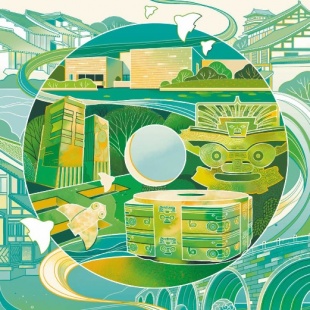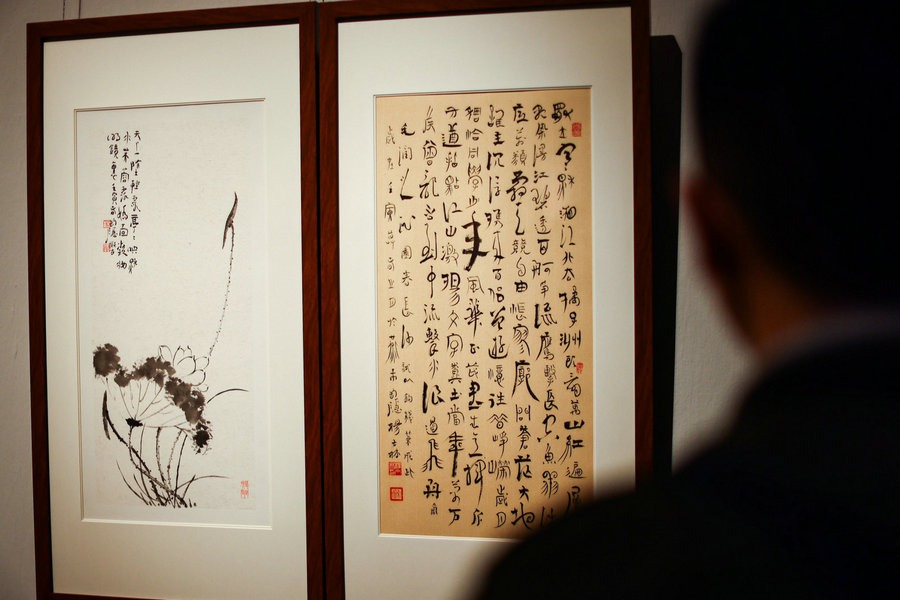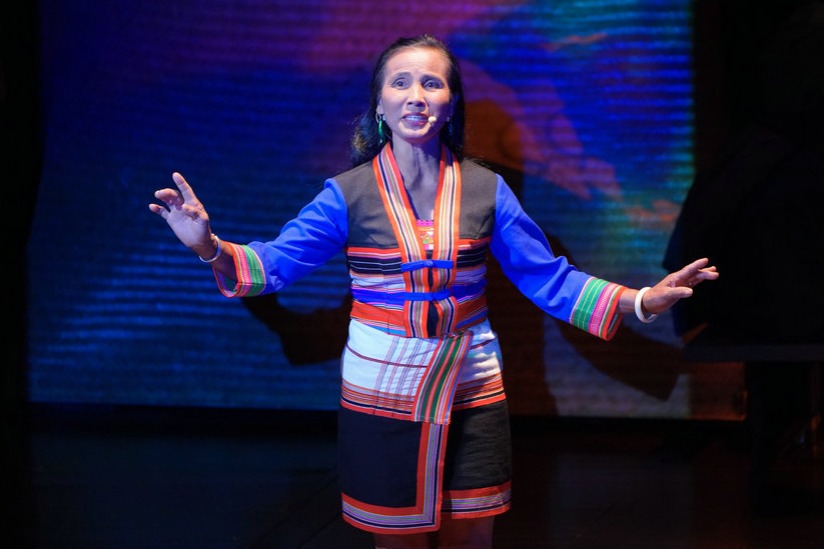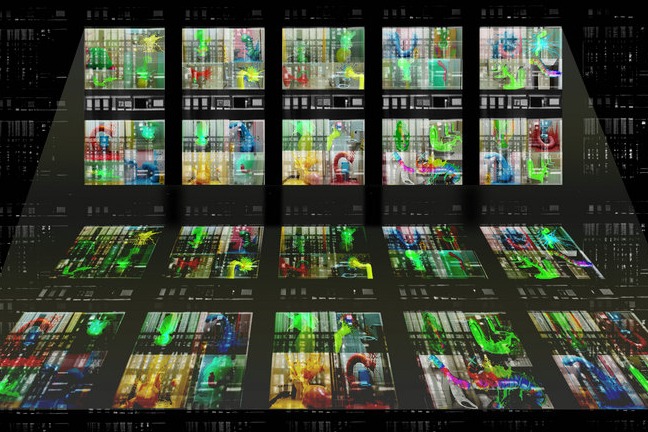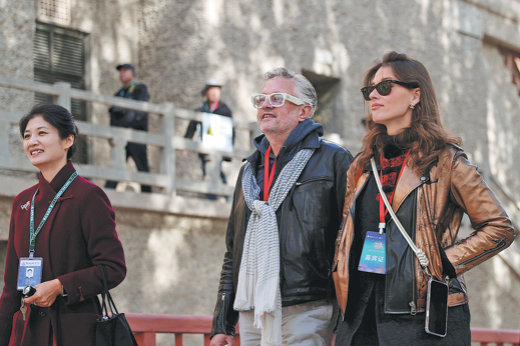China's museums grab the spotlight on world stage
Relics, exhibitions, new technologies add heft to country's cultural standing


The world record attendance to see Shanghai Museum's On Top of the Pyramid: The Civilization of Ancient Egypt exhibition came as no surprise to observers of China's growing fascination with museum visits.
After concluding a successful 13-month run, the museum announced on Aug 18 the event was the best attended single paid exhibition among museums globally, with over 2.77 million visits and more than 760 million yuan ($106.75 million) in revenue generated.
While the 14th Five-Year Plan (2021-25) urged a more robust museum system in China, major achievements in archaeological studies have infused museums with fresh vitality, helping them present dazzling new exhibitions to the public.
China had 7,046 registered museums as of the end of 2024, according to the National Cultural Heritage Administration, recorded nearly 1.5 billion visits in total, and held about 43,000 exhibitions last year.
"During the 14th Five-Year Plan period, the public's demand for museums has become increasingly evident," said Pan Shouyong, a museology professor at Shanghai University. "Visiting museums to explore new exhibitions and 'check in' has become a common phenomenon."
He added that behind the visible surge in numbers of museums, exhibitions and visits is strong support from both the government and broader society.
Upgraded efforts
Over the past five years — to better promote the development of museums — China has stepped up efforts to construct museum echelons by consolidating the museum grading system, according to Pan.
This system regulates three tiers of museums nationwide based on their performance in management and infrastructure; their collection management and scientific research; and their exhibition and social services. All these factors provide direction for further improvements.
Museums including the National Museum of China and the Palace Museum in Beijing and 15 key museums are supported by both the central and local governments. They are strong contenders for becoming world-class museums.
The remaining museums will implement a classification system. Last year, the latest grouping of China's first-, second- and third-tier museums was announced, bringing the total number of such museums in China to 1,660 and meeting different needs of visitors.
A guideline to promote the reform and development of China's museums, which was issued by nine departments in 2021, encouraged the formation of a museum development framework that is well-planned, structurally optimized, distinctive, institutionally sound, and fully functional by 2025.
"At that time, we thought the goal was a bit too ambitious," Pan said. "But looking back, we find the goal has been achieved as a complete museum system has begun forming," he said, adding that work to boost China's museum strength is continuing.
Cities such as Beijing, Taiyuan, Shanxi province and Nanjing, Jiangsu province, have integrated their rich museum resources into city development and each tried to build themselves into "a city of museums", hoping to give full play to the strength of museums to meet people's aspirations for improved lifestyles, said Pan.


